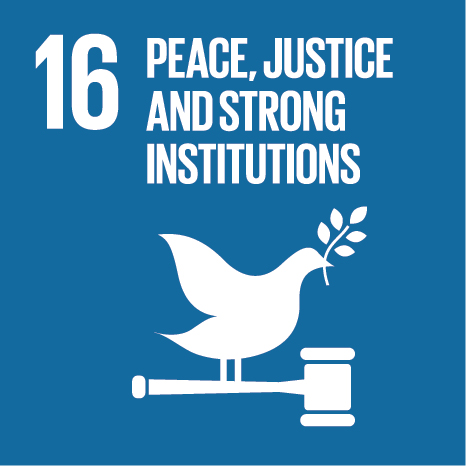Hybrid Warfare: Above or Below the Threshold of Armed Conflict?
Event Title
Soldiers and Hybrid War: The Role and Missions of Armed Forces in Below-Threshold Conflicts
Year (definitive publication)
2021
Language
English
Country
Hungary
More Information
Web of Science®
This publication is not indexed in Web of Science®
Scopus
This publication is not indexed in Scopus
Google Scholar
This publication is not indexed in Google Scholar
This publication is not indexed in Overton
Abstract
Hybrid warfare — also known as grey zone conflict or low-intensity conflict — is a reality and political and military leaders must be ready to confront and deter it. There is no common definition of the term and therefore it is correspondingly ambiguous. It is an amorphous definition for an amorphous strategy. While it is a blend of traditional and irregular tactics, hybrid warfare makes overt and covert use of a wide range of tools: military and civilian, conventional and unconventional. Hybrid warfare is an umbrella concept, a form of comprehensive warfare, a strategy, that includes a buquet of tactics, techniques, technologies and methods. Hybrid warfare operations, for which it is difficult to attribute responsibility and which are not specifically regulated by international law, fall below the threshold of armed conflict. Hybrid warfare blurs the lines between peace and war and is therefore questioned whether it should be considered below the threshold of armed conflict. Some hybrid warfare operations are convenient because are located in a twilight zone between peace and war and below the threshold of war and therefore they should not trigger a conventional/kinetic military response. Nevertheless, at the 2014 NATO Summit in Wales, the allies recognized that international law applies in cyberspace and that the impact of cyberattacks could be as harmful as a conventional attack. As a result, cyberdefense was recognized as part of NATO’s core task of collective defense. At the Warsaw Summit in 2016, the allies took further action to recognize cyberspace as a domain of operations just like the "classic" domains of air, land and sea. At the NATO summit held in Brussels in 2021, the allies reaffirmed that a cyber attack could trigger Article 5 of the Atlantic Charter: "an attack on one is an attack on all". This doctrinal position is of no small importance. The question is whether hybrid warfare should be considered an armed attack or use of force that, under treaty and customary international law, could trigger a military response or whether it falls below the threshold of damage and destruction resulting from a kinetic attack. This paper aims to shed light on theconsistency of the emerging doctrine on hybrid warfare with current international (humanitarian) law and its possible application.
Acknowledgements
--
Keywords
NATO,cyber,geneva convention,international law,international humanitarian law,law of war,hybrid,ius cogens,jus cogens,ius ad bellum,jus ad bellum,ius in bellu,jus in bellum,war,confict,belarus,poland,migrats,security council,united nations,EU,UN,european Union,european commission,EC
Fields of Science and Technology Classification
- Law - Social Sciences
- Political Science - Social Sciences
- Other Social Sciences - Social Sciences
Funding Records
| Funding Reference | Funding Entity |
|---|---|
| SFRH/BD/136170/2018 | Fundação para a Ciência e a Tecnologia (FCT), Portugal |
Contributions to the Sustainable Development Goals of the United Nations
With the objective to increase the research activity directed towards the achievement of the United Nations 2030 Sustainable Development Goals, the possibility of associating scientific publications with the Sustainable Development Goals is now available in Ciência_Iscte. These are the Sustainable Development Goals identified by the author(s) for this publication. For more detailed information on the Sustainable Development Goals, click here.

 Português
Português


